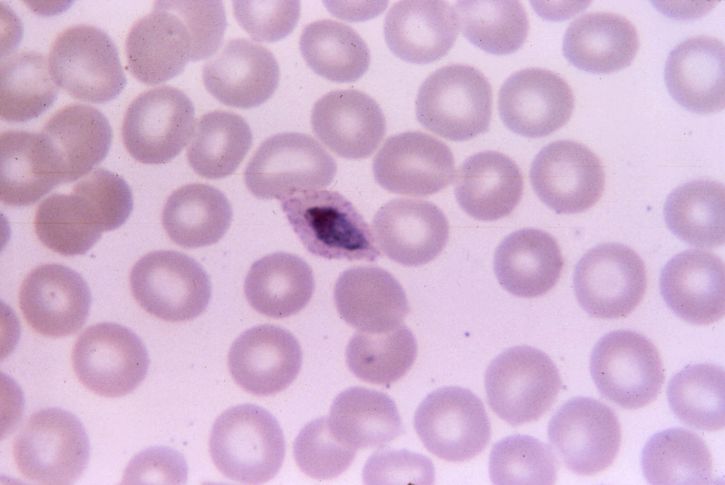
A Whole Host of Fun
By Galen Lastko,
Photo by Dr. Mae Melvin, USCDCP on Pixnio
Published in the Humboldt Independent on March 16, 2021
Parasites are pretty much just looking for a free ride, and definitely aren’t there to help.
A parasite is, by definition, a lifeform that cannot exist without another host organism, from which the parasite derives food, shelter, and other necessities. While most of the tiny creatures like mites and bacteria who share our bodies are not harmful, and can even be helpful or outright necessary for life as we know it, parasites are pretty much just looking for a free ride, and definitely aren’t there to help. Like myself and other millennials, they’ve often evolved to the point of being entirely dependent on somebody else to get by. While those of us in the so-called developed world might not have the same familiarity with parasites that we’d have had a few hundred years ago, a respectable amount of major diseases and afflictions still come from interactions with our sometimes not-so-tiny entourage.
The major parasites
There are three major types of parasites which target humans: the microscopic protozoa, the unfortunately not-microscopic worm-like helminths, and the ectoparasites, which include ticks, fleas, lice, and other blood-suckers.
Protozoa
Protozoa are most often encountered by humans consuming the contaminated food or water in which they live, or from another creature’s bite, such as a mosquito, and are responsible for such charming ailments as giardia and, most notably, malaria – which makes the humble protozoan a decent candidate for the most deadly organism in history, as far as humans are concerned: malaria kills around a half-million humans per year, and those numbers reflect our modern ability to fight and contain the disease. Historically, malaria is the only thing on this planet that’s better at killing people than people are.
Helminths
Digestive tracts, circulatory systems, and body tissues have historically been the homes for a wide variety of tagalongs.
However, protozoa come up short in the gross-out department, where the helminths have been reigning champions since ages antediluvian. Most of us in America encounter worms (no, not earthworms) in the context of adopting a stray kitten or rescue puppy, but our own digestive tracts, circulatory systems, and body tissues have historically been the homes for a wide variety of tagalongs. While we only have to deal with the adult forms of most helminths, as they cannot reproduce inside our bodies, some species of roundworms can infect different parts of the body during their larval stages as well.
Ectoparasites
And lastly, in the most annoying category, we have the ectoparasites, which are not only responsible for biting and making us itch like crazy, but also for transmitting diseases through those bites. Locally, the best example of this is Lyme disease, which can be passed onto humans via the bite of certain ticks, similar to how certain protozoa transmit malaria. Ectoparasites can burrow into the skin and cause infections and health problems all on their own, but they are most threatening to humans when they serve as the vector for a more dangerous disease.
Not to worry
Again, we are fairly lucky in this country: the biggest impact of parasitic infections is felt abroad, particularly in tropical regions. Humans have wrestled with the risk/reward nature of tropical climates since our earliest days: while it’s nice to have food growing on trees everywhere, and plenty of water and warm weather never hurts, the tropics also make an ideal habitat for pretty much everything else, including the part of everything else that wants to bite and infect us. We might not have much around here that can compare with such spectacularly grotesque ailments as Guinea worm disease (please do not Google that), but we do have plenty of Lyme, and with the warmer weather and recent rainfall, our local ticks are already gearing up for spring training. If you’re heading out to frolic, be sure to check yourself and your pets and companions thoroughly for any eight-legged stowaways that might’ve invited themselves home for dinner.
After all, they just might start to grow on you.
Galen Lastko, submitted on behalf of the SoHum Health’s Outreach department.
Related: Seasonal, SoHum Health, Wellness